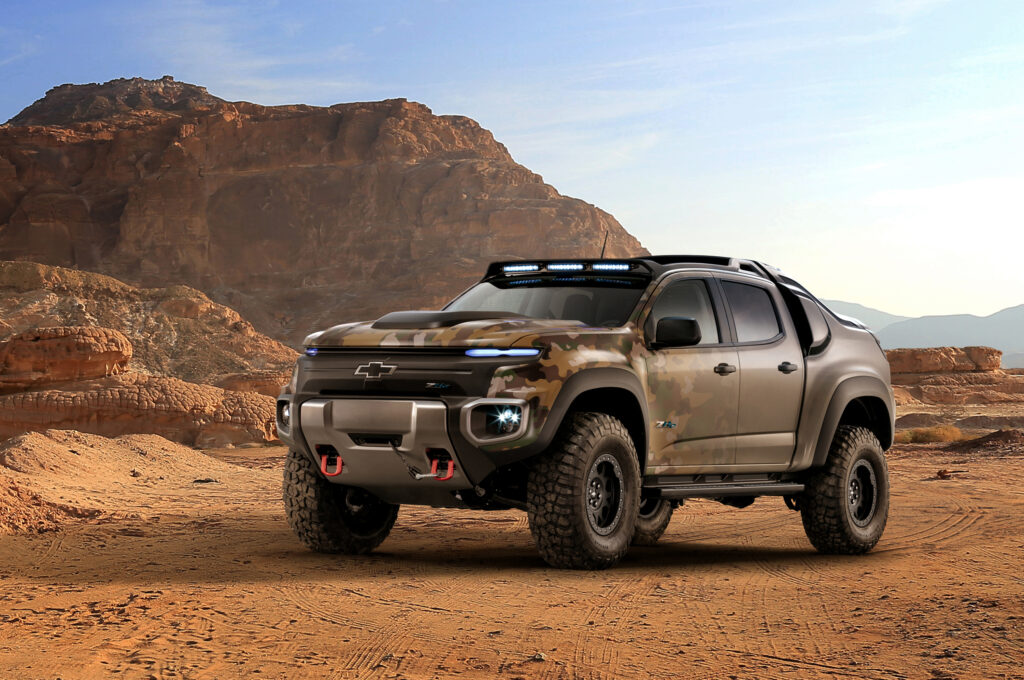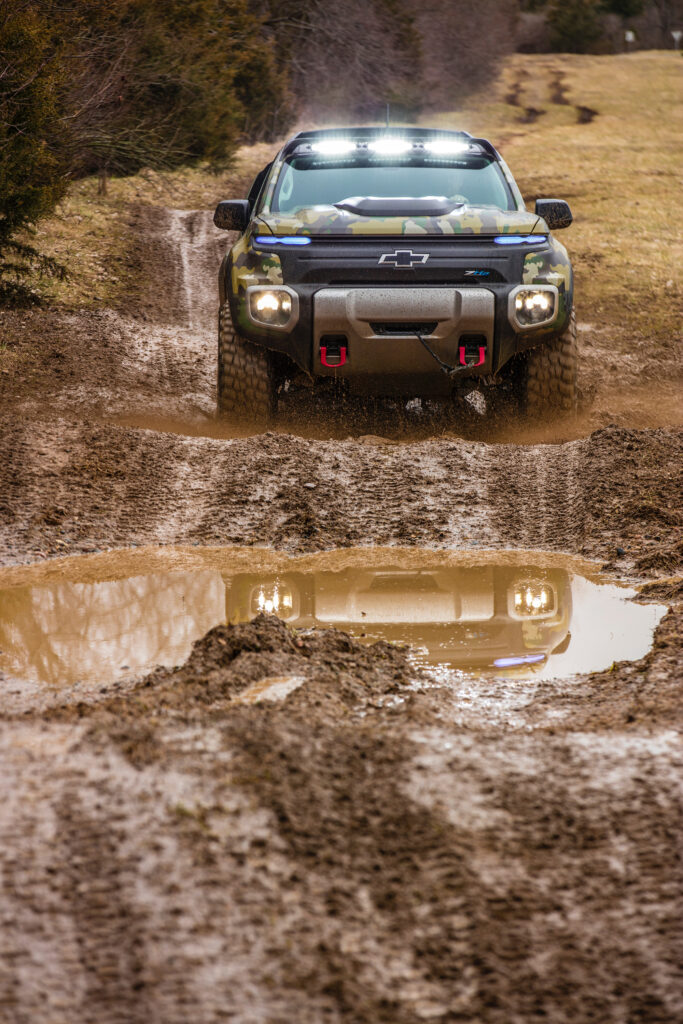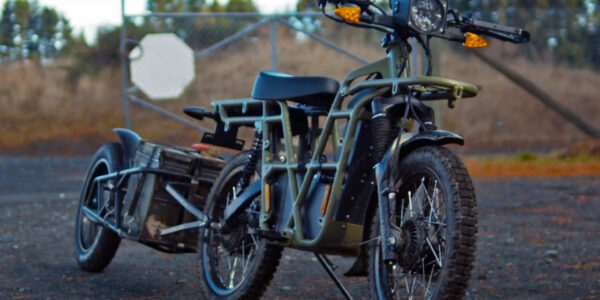US Army eyes up electric power
- PostedPublished 17 June 2020

The United States Army is beginning to assess the advantages, feasibility and realities of introducing and employing electric and hybrid vehicles.
Lieutenant General Eric Wesley – the director of the Futures and Concepts centre at the US Army Futures Command – explained the Army’s new interest in the technology in an interview with specialist outlet Defense News.
“The benefit of electrification is that you’ve got an entire industry that’s doing all of the science and technology for you now”, said Wesley.
“There’s a real opportunity for synergy. Why now? As the industry goes, so does the Army.”
The Army has experimented with electric power before and is familiar with the technologies involved, but integrating electric vehicles (EVs) into its forces is not a straightforward process.
In particular, Wesley highlighted the challenge of transitioning from fossil-fuelled vehicles to electric, particularly as both will inevitably overlap for some time.
Currently, Wesley’s team is putting together a proposal that will demonstrate how this would be carried out.
In a video interview hosted by Jen Judson, land warfare reporter for Defense News, he also explained that EVs offer the advantages of easily distributed independent power; a vehicle could itself power different tools or weapons, increasing flexibility.
Charging EVs could prove less resource-intensive than providing fuel for conventional vehicles, reducing logistical challenges and improving mobility.

Electrified vehicles, particularly pure electric ones, would have other advantages in military applications. They are less complicated and often modular, which benefits reliability and serviceability.
EVs also have a reduced thermal signature compared to conventional vehicles – as they have no hot engine, transmission or exhaust system – making it harder for infrared-seeking weapons or vision systems to acquire them.
Reduced noise and dust signatures could further make electric military vehicles less obtrusive and harder for enemies to detect.
Other forces are currently introducing electric vehicles into their automotive fleets, a move that is further driving the US Army to take a closer look at its potential.
Similarly, as manufacturers shift production to electric vehicles, parts and platform availability – and the phasing out of conventionally powered vehicles – may speed EV adoption in the future.
- CategoriesIn SightGlass
- Tagsarmy, electric vehicles, military, SightGlass News Issue 20


